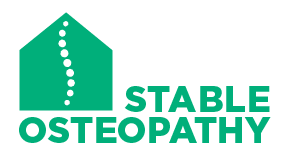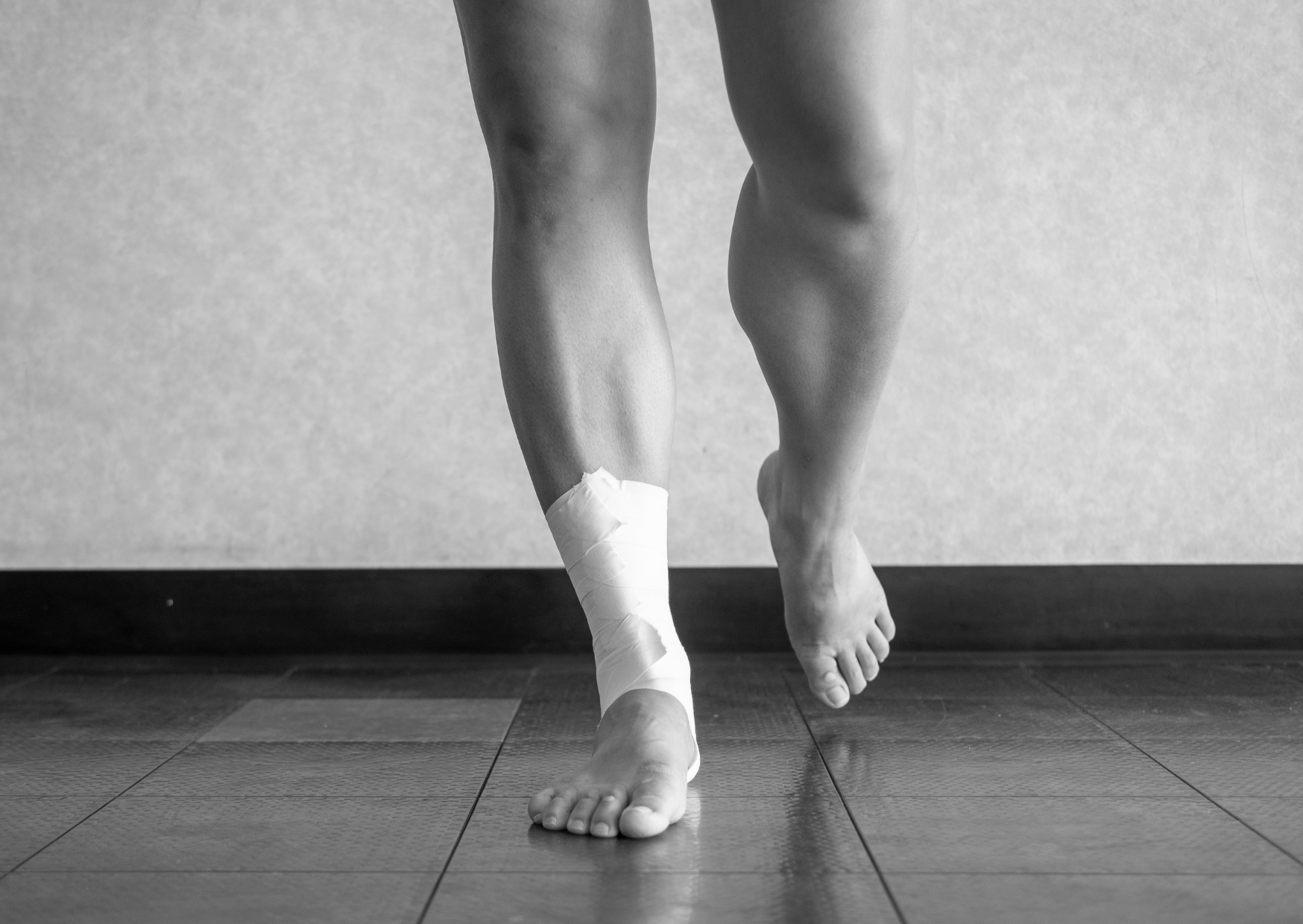Osteopathy, a holistic approach to healthcare, focuses on treating and strengthening the musculoskeletal framework to improve overall health. When it comes to the ankles and toes, osteopathic treatments are particularly valuable because these areas play a fundamental role in maintaining balance, posture, and mobility. The structure and function of the foot are closely linked to the entire body’s alignment, and restricted movement or pain in these areas can affect not only the legs but also the hips, spine, and shoulders. Osteopaths often prioritise the mobilisation of the ankles and toes as part of a treatment plan, aiming to enhance flexibility, restore normal function, and alleviate pain.
Mobilisation of the ankles and toes in osteopathy involves gentle manipulative techniques to address stiffness, joint restrictions, and muscle tension. Whether the issue stems from injury, poor biomechanics, or chronic conditions like arthritis, osteopaths use specific hands-on techniques to improve joint movement. These techniques can help relieve pressure on nerves, restore range of motion, and reduce inflammation. The osteopath may also focus on the soft tissue structures around the ankle and toes, including ligaments and tendons, which are essential for maintaining stability and supporting movement.
One of the primary benefits of osteopathic mobilisation in these areas is its impact on overall mobility and balance. Ankles and toes play a critical role in how the body distributes weight and manages movement. By improving the function of these joints, osteopathic care can prevent compensatory patterns, such as altered walking gait or poor posture, which may lead to further issues in the knees, hips, or lower back. Patients often experience not only immediate relief from localised pain but also improvements in their general movement and coordination, making osteopathic treatment beneficial for both athletes and those with chronic conditions.
Incorporating osteopathy into the care plan for individuals with ankle and toe problems helps to address the root causes of dysfunction, rather than merely managing symptoms. Osteopaths consider how the body works as a whole, so treating the ankles and toes can lead to improved biomechanics, reduced risk of future injuries, and enhanced quality of life. This holistic approach ensures that the body’s natural healing mechanisms are supported, creating long-term benefits for musculoskeletal health.


